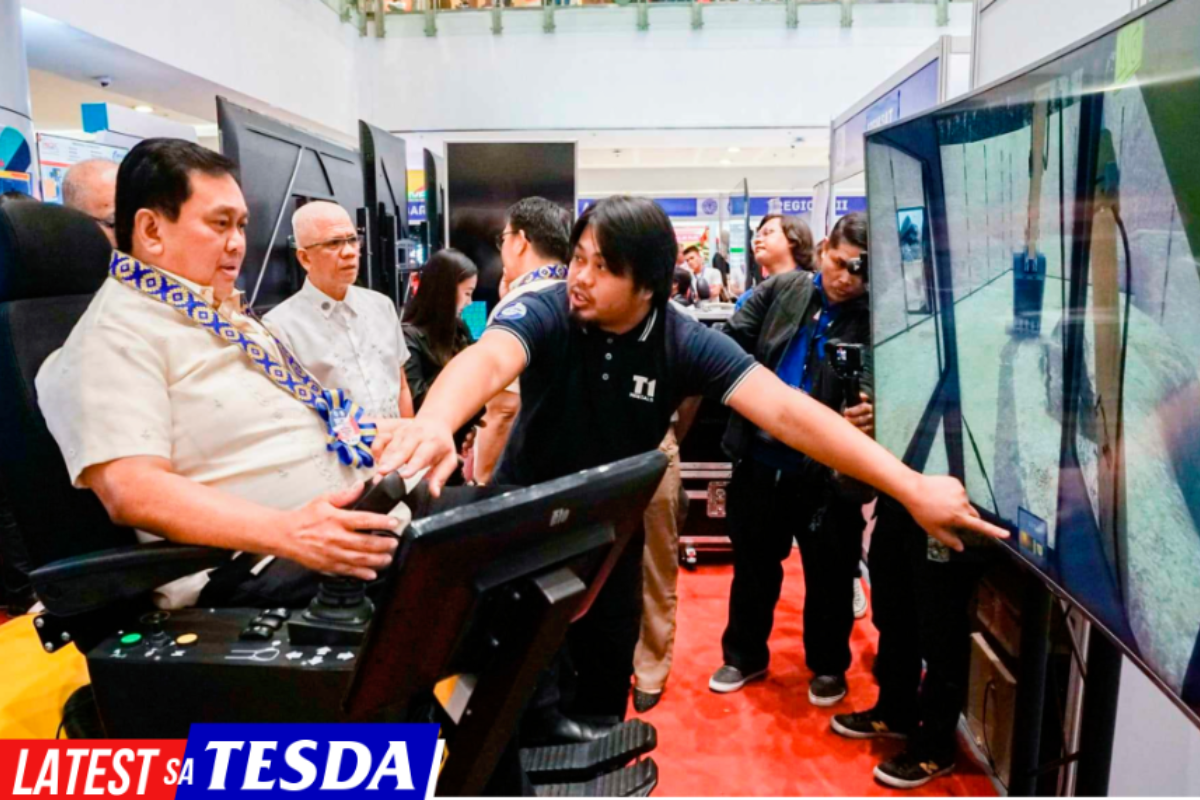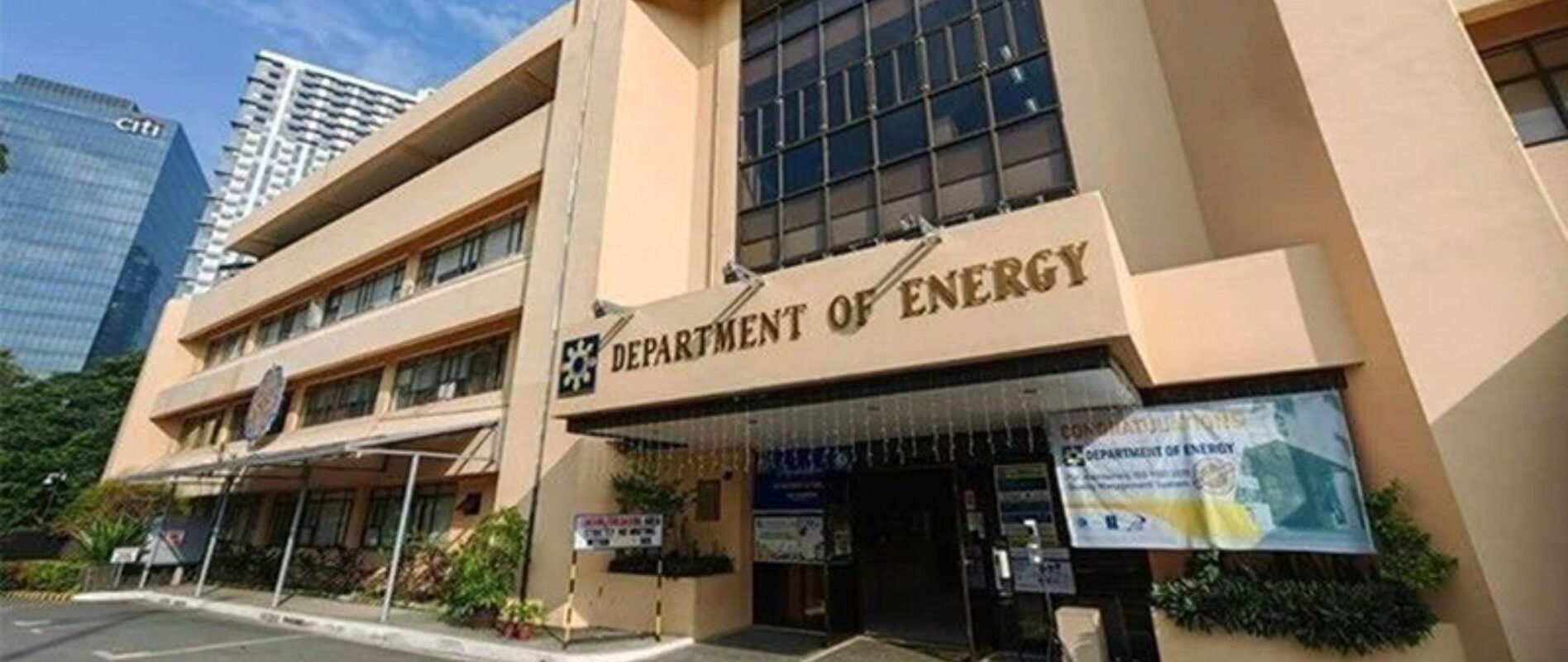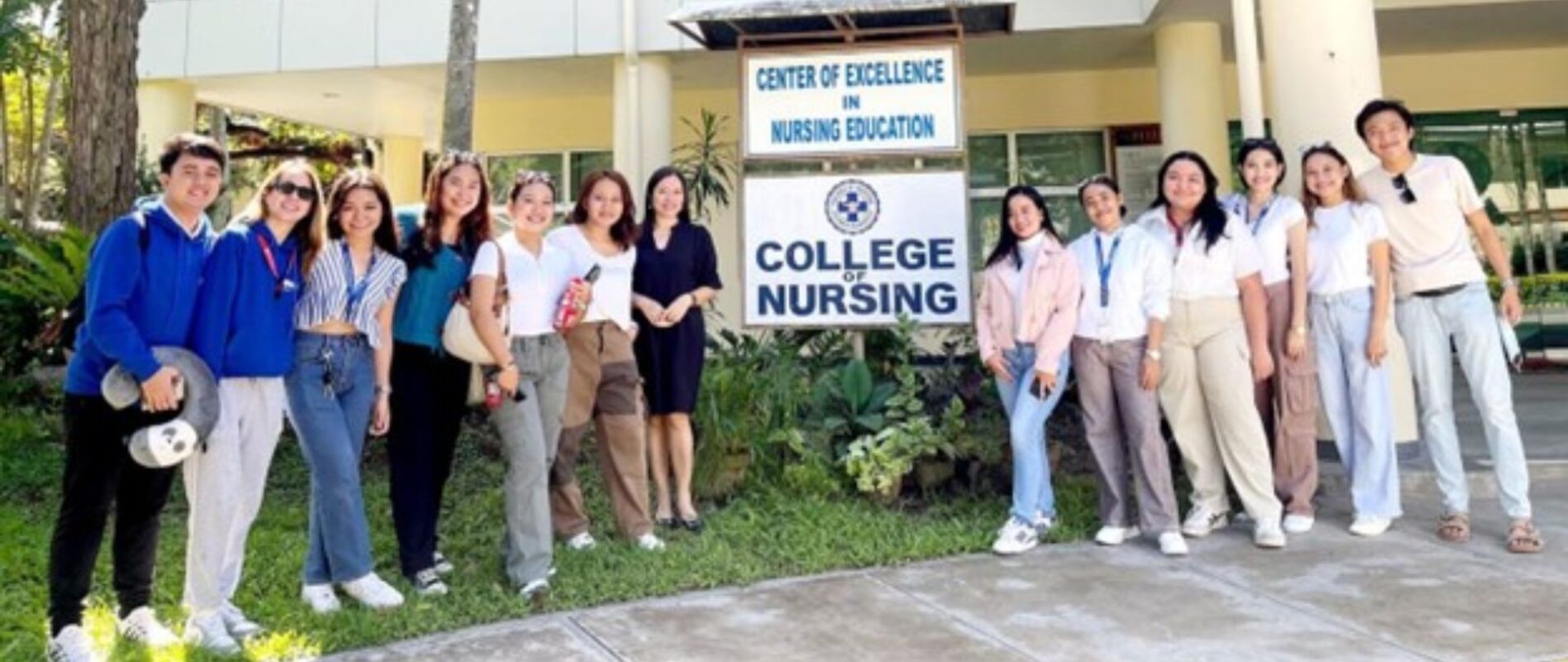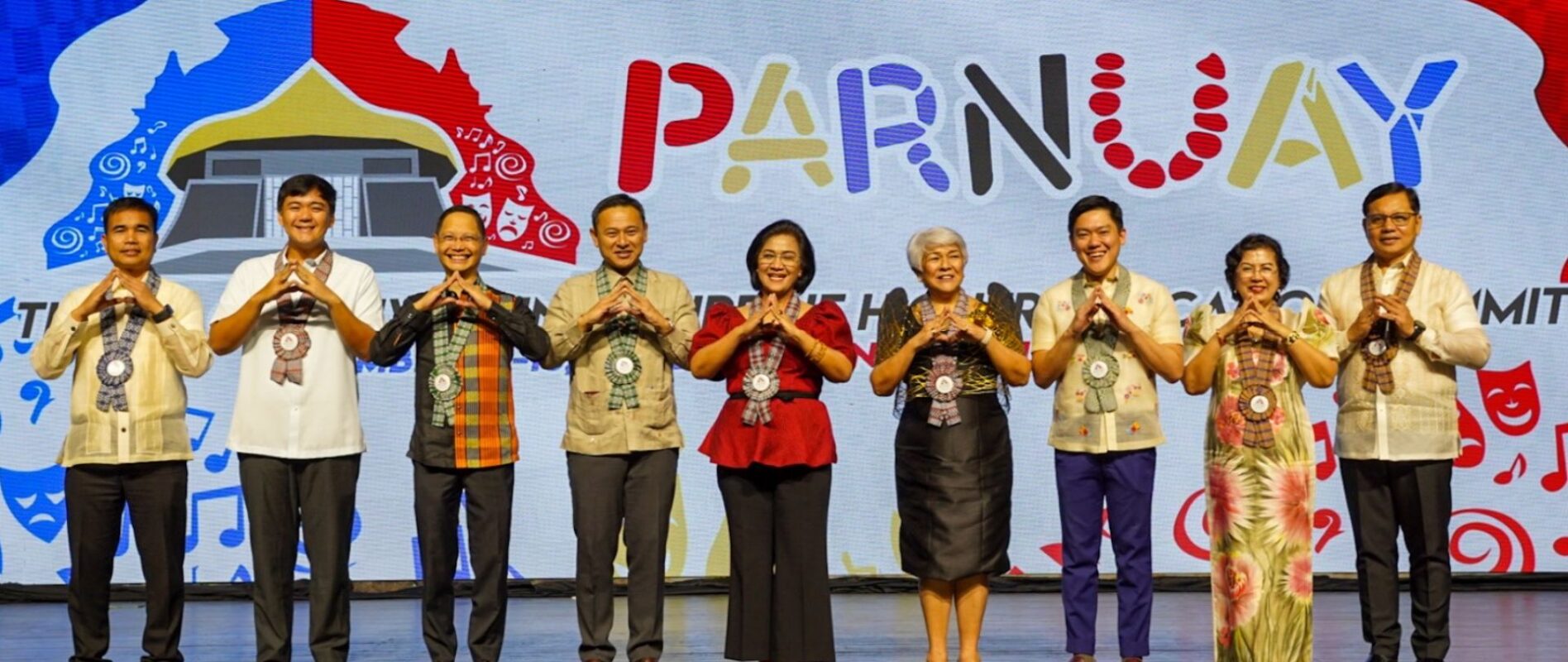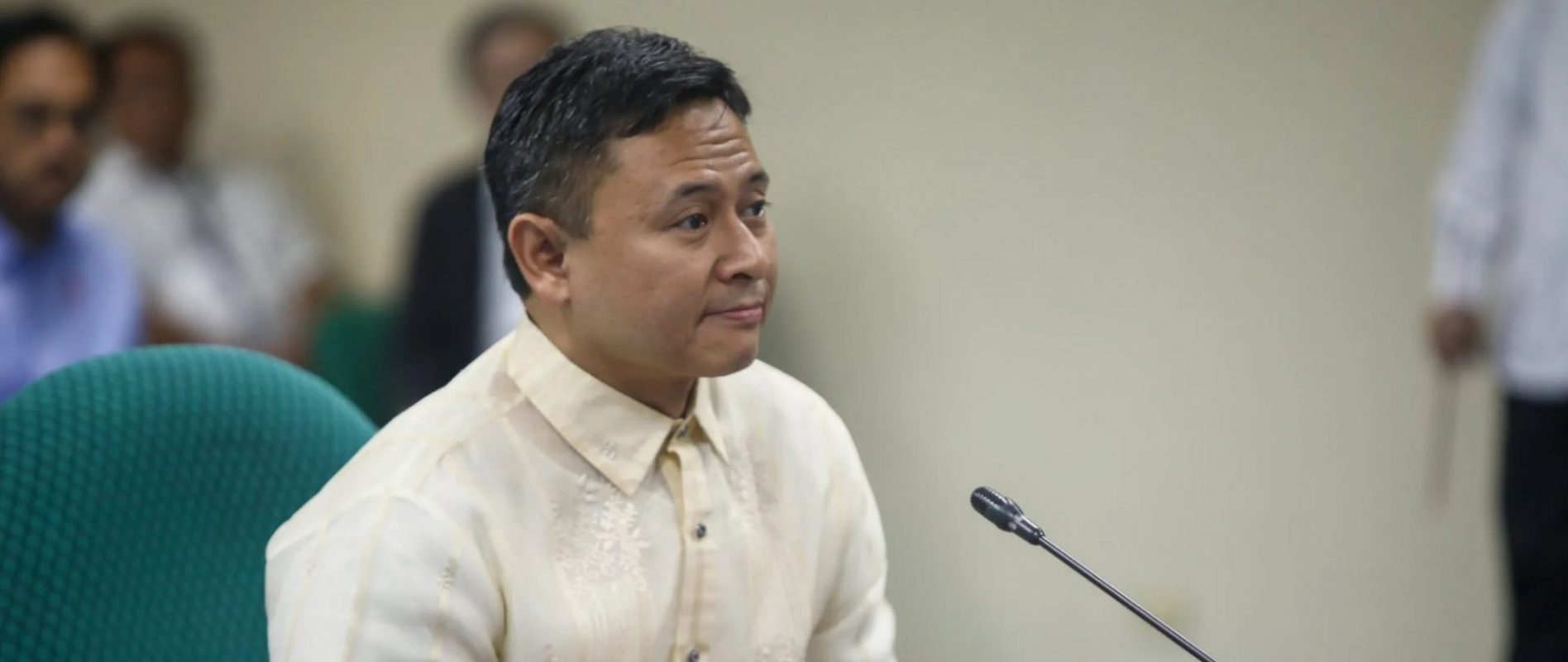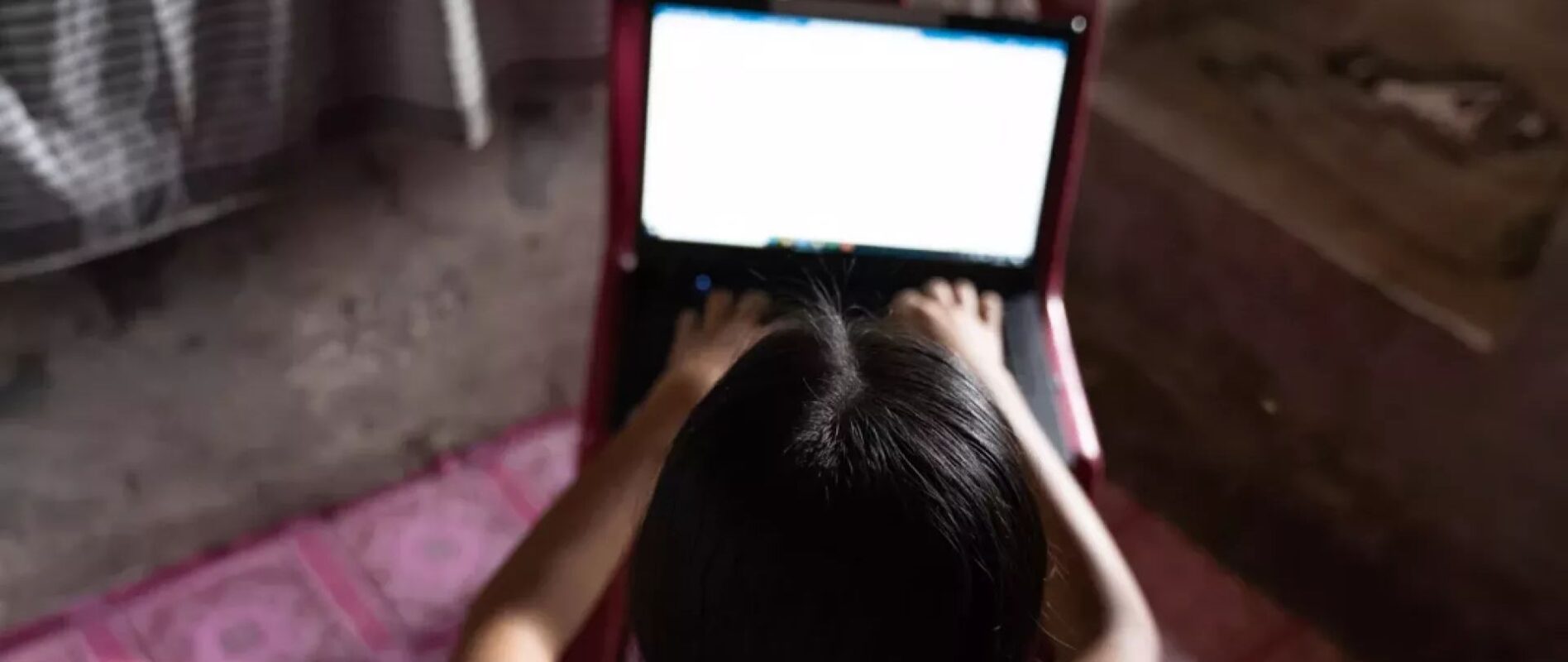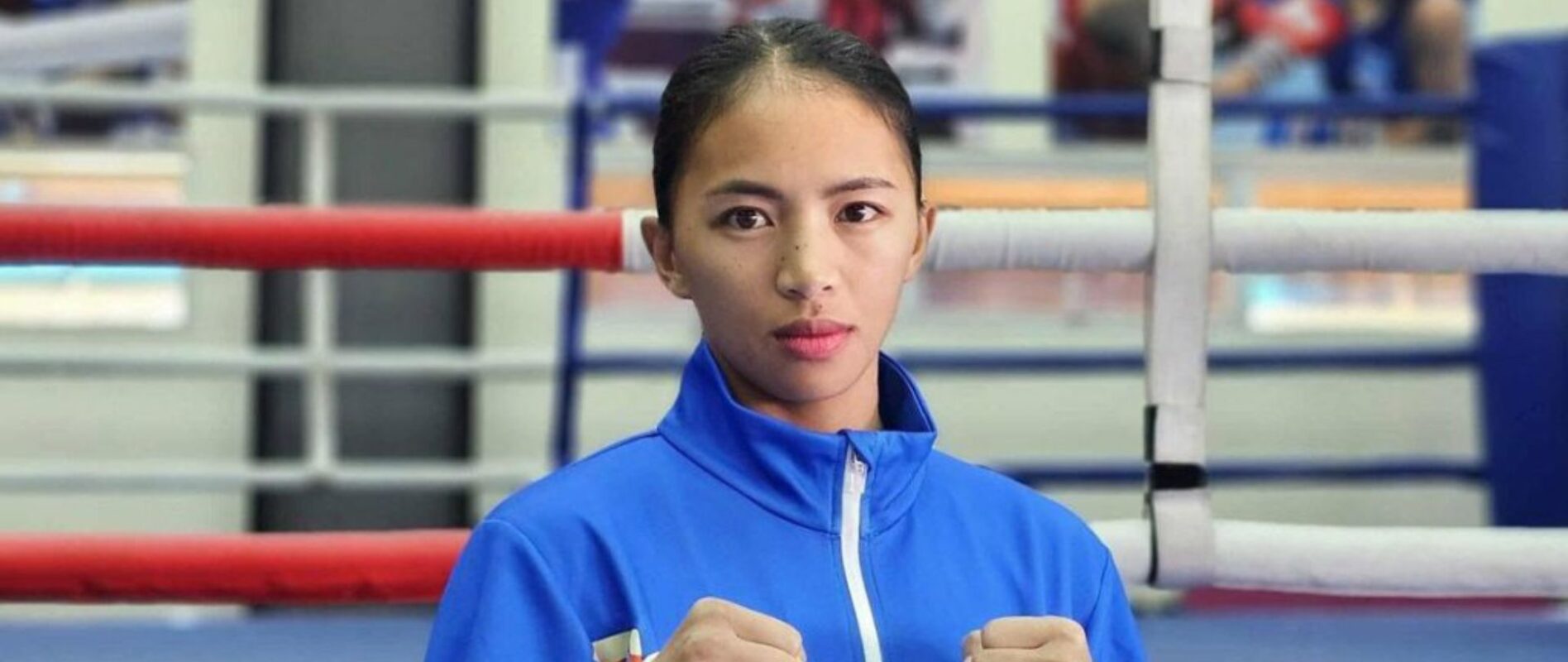TESDA ADOPTS USE OF XR TECHNOLOGY
THE Technical Education and Skills Development Authority has adopted the use of extended reality technology in technical vocational education and training.
This signals the use of XR for the delivery of TVET programs and in the conduct of competency assessments. XR technology encompasses virtual reality, augmented reality, and mixed reality to offer learners a more immersive and interactive learning experience.
TESDA Director General Suharto Mangudadatu said that the adoption of XR technology in TVET is a testament to the agency’s commitment to innovation and excellence in education. He encouraged more TVET providers to follow the examples set by early adapters of the technology.
“Let us seize this opportunity to reshape the landscape of skills development and empower our learners with the tools they need to succeed in a rapidly changing world,” Mangudadatu said.
XR is the umbrella term for all the immersive technologies that “extend” an individual’s experience of reality by blending the virtual and “real” worlds. Use of this technology in training and assessment offers several benefits which include creating an enhanced, immersive and interactive learning environment, and improved safety in training as XR technology can be used to simulate hazardous scenarios in a controlled environment.
Further, XR technology can make training more cost effective, allow for better remote learning and collaboration, and can motivate students to actively participate in their learning, leading to better retention of knowledge and skills.

